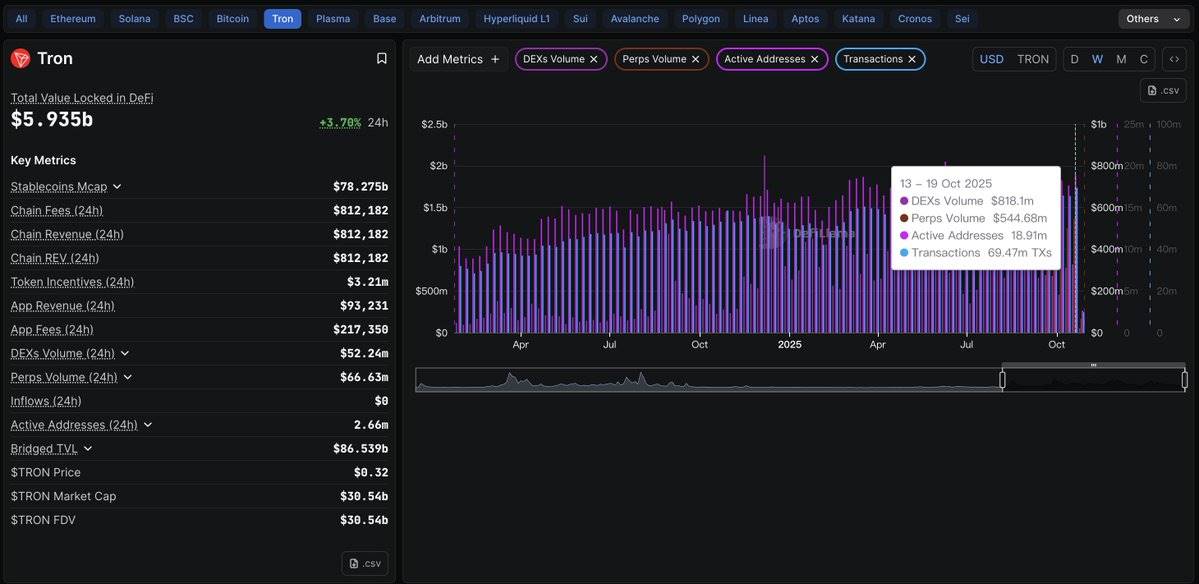Say Goodbye to Blind Copy-Trading! How Can Beginners Conduct Project Research?
Do your own research.
Do your own research.
Written by: le.hl
Translated by: Luffy, Foresight News
As an investor, the easiest way to lose money is to blindly follow the crowd, entering a project without knowing anything about it and relying solely on others' advice. I have experienced this myself, so I am sharing my own project research experience here.
If you are a crypto newcomer looking for reliable practical methods, this article is prepared for you.
Clarify the Project Narrative
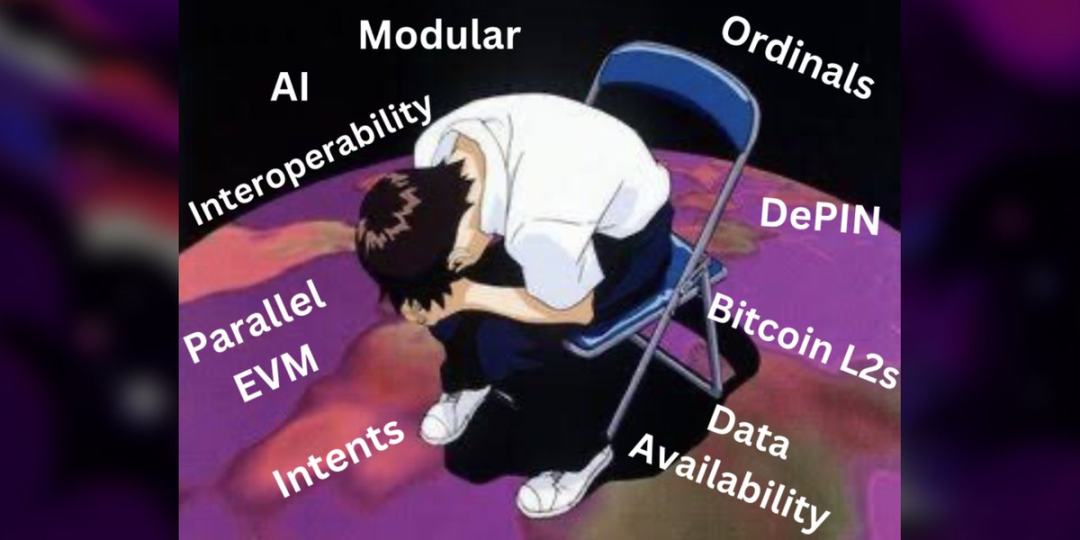
Narrative is one of the core elements of the crypto industry, and market trends often revolve around narratives. If you want to invest in a project, you must first understand the narrative logic behind it. If a project is still stuck on outdated narratives like Metaverse or GameFi, it is unlikely to succeed.
I usually check project narratives on CoinMarketCap and CoinGecko.
Steps:
- Visit the website;
- Enter the project name;
- Scroll down to the "Tags" section to view the project's narrative category.
After understanding the narrative, the next step is to identify the leading project in that sector. Observe its recent trading volume changes to judge the dynamics; at the same time, evaluate whether the project you are following has the ability to compete with the leader. Remember, investing in the competitors of the leading project often offers more opportunities than chasing after the already skyrocketed leader.
Choosing currently popular narratives (such as AI, prediction market InfoFi, etc.) is the best path to profit.
Check Project Investors
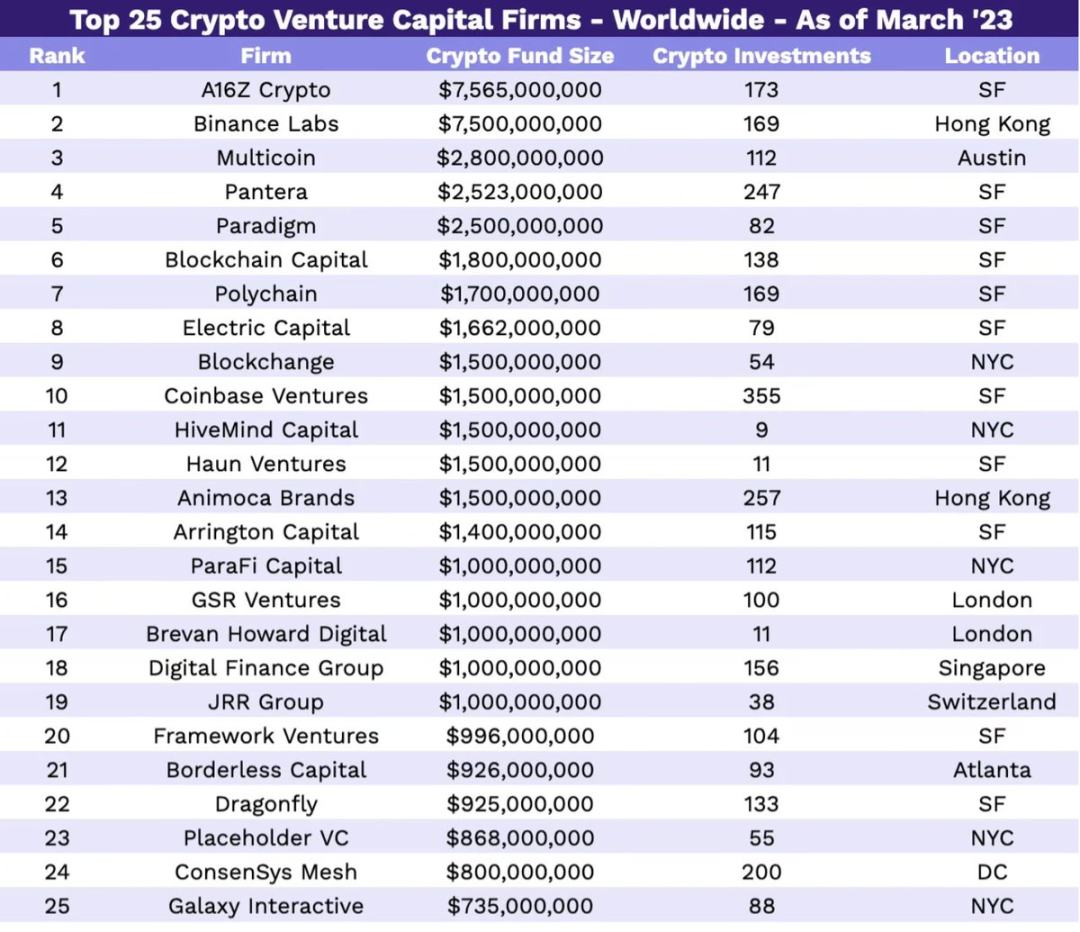
Nowadays, many people dislike the term "venture capital" and prefer projects that are self-funded. But the fact is: if a project’s product is not excellent, the team is average, and it is not a leader in any narrative, then it needs reliable investors to drive its development.
The platform I use most often to check project investors is CryptoFundraising. It displays all key information about a project, including investors, team, social accounts, official website, etc., and it is completely free.
Steps:
- Visit the website;
- Search for the target project;
- Check the amount of funding and the venture capital level.
I have found that projects with less funding and only 2-3 venture capital supporters usually perform better than those with more than 20 VCs involved. It’s like a cake being divided among too many people; the team needs to get approval from all VCs for decisions, which can be very restrictive.
The level of the VC is also crucial. Personally, I prefer projects supported by these VCs: Coinbase VC, a16z, Polychain Capital, Paradigm, GSR.
Examine Project Social Activity
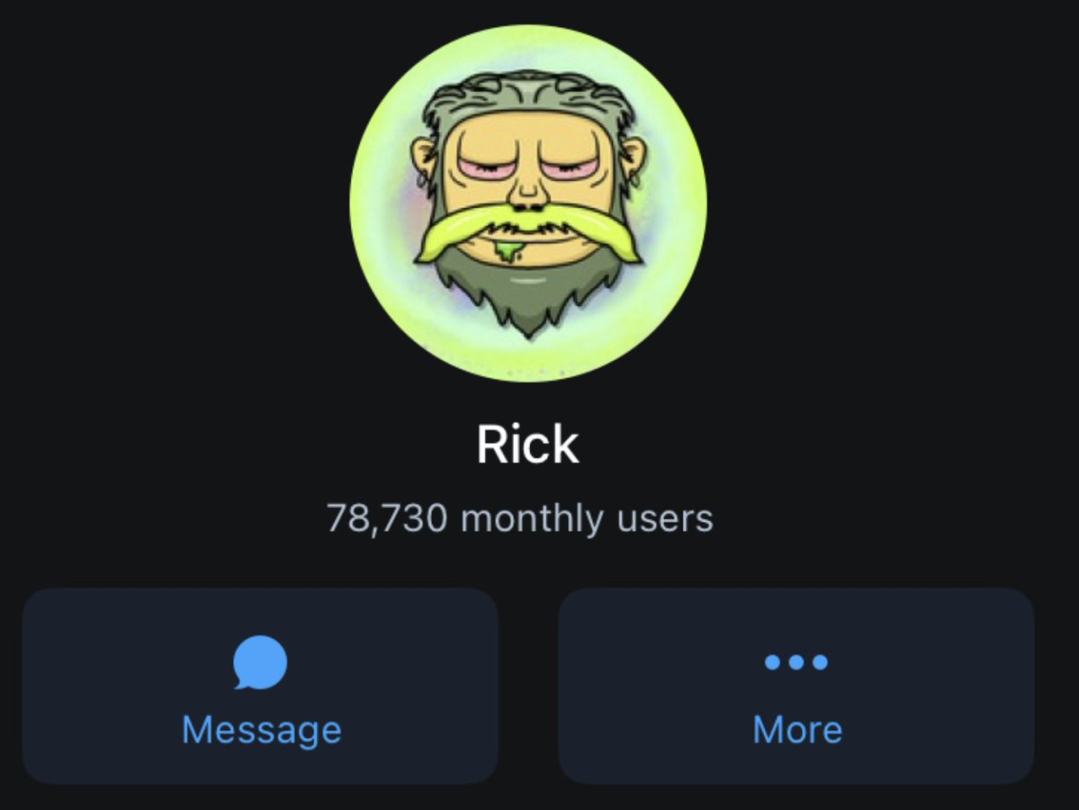
This step is very important. If a project disables comments or frequently changes its social account nickname, just avoid it.
The "number of well-known mutual followers" is also worth referencing: if more than 20 industry influencers follow the project, it is usually a positive signal.
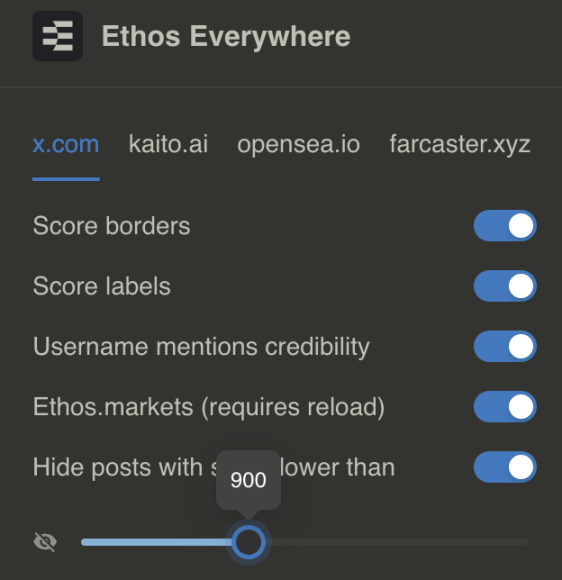
To verify the legitimacy of a project, you can also use Ethos Network:
- Visit the website;
- Install the Chrome browser extension;
- Set it up as follows: if the project has negative reviews, block it to avoid seeing related distracting information on X.
No Ethos invitation code is needed; you can use this extension for free.
In-depth Research on Core Dimensions

Founder
I prefer to invest in projects where the founder is active in the crypto community every day and interacts with the community. Outstanding founders believe in their projects and are willing to admit mistakes.
Avoid founders who claim the community is everything but act aloof and disconnected from users, or anonymous founders.
The founder's behavior often determines the project's direction after launch.
Product
Ease of use is the indicator I value most. Only simple, user-friendly products can attract real users and generate revenue.
No matter how cool the concept is (such as "quantum blockchain solves global hunger"), if it is complicated and hard to use, no one will pay attention.
Tokenomics
For projects with tokens already issued, be cautious if you see the following: tokens are allocated to groups unrelated to the project (for example, for short-term hype, tokens are allocated to platforms like Binance Alpha without any substantial support). This behavior usually leads to a failed TGE and poor subsequent price performance.
The tokenomics does not require all tokens to be distributed to the community, but there must be a clear and transparent unlocking schedule for all stakeholders (including the team). Team transparency is always the top priority.
To check tokenomics and unlocking plans, you can use Dropstab:
- Visit the website;
- Search for the target project;
- Check the price trend after the last token unlock to judge the impact of unlocking on the price.
Disclaimer: The content of this article solely reflects the author's opinion and does not represent the platform in any capacity. This article is not intended to serve as a reference for making investment decisions.
You may also like
25 basis points not enough? The market bets that the Federal Reserve will continue to cut rates—will Powell signal a shift this time?
Facing internal disagreements and immense political pressure, how will Federal Reserve Chairman Powell signal the future policy path? This may be the key factor determining the direction of the market.
70,000 On-chain Data Reveal Meteora Airdrop: 4 Whale Addresses Take 28.5%, Over 60,000 Retail Users Share Only 7%
The airdrop also involved controversial addresses, including individuals linked to insider trading scandals and large holders with abnormal behavior, which further intensified the community's trust crisis and exposed the project to the risk of class action lawsuits.
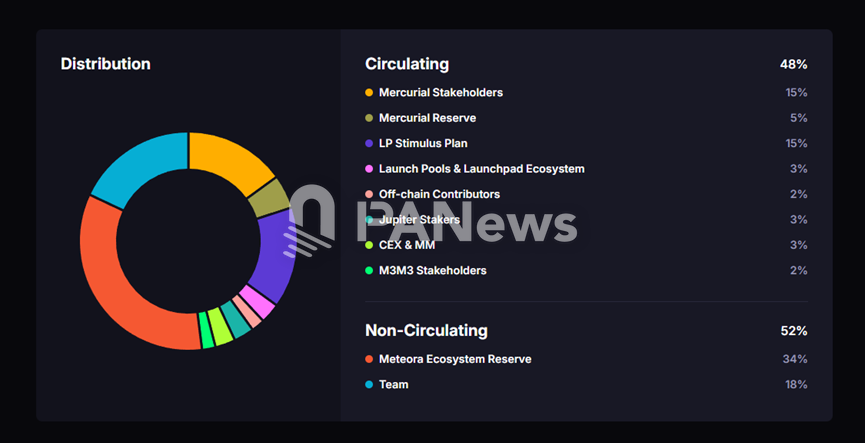
The Story of the x402 Foundation: From Advancing the x402 Protocol to Becoming the Golden Key for AI Payments
How does the x402 Foundation turn a single line of code into the golden key for AI payments?
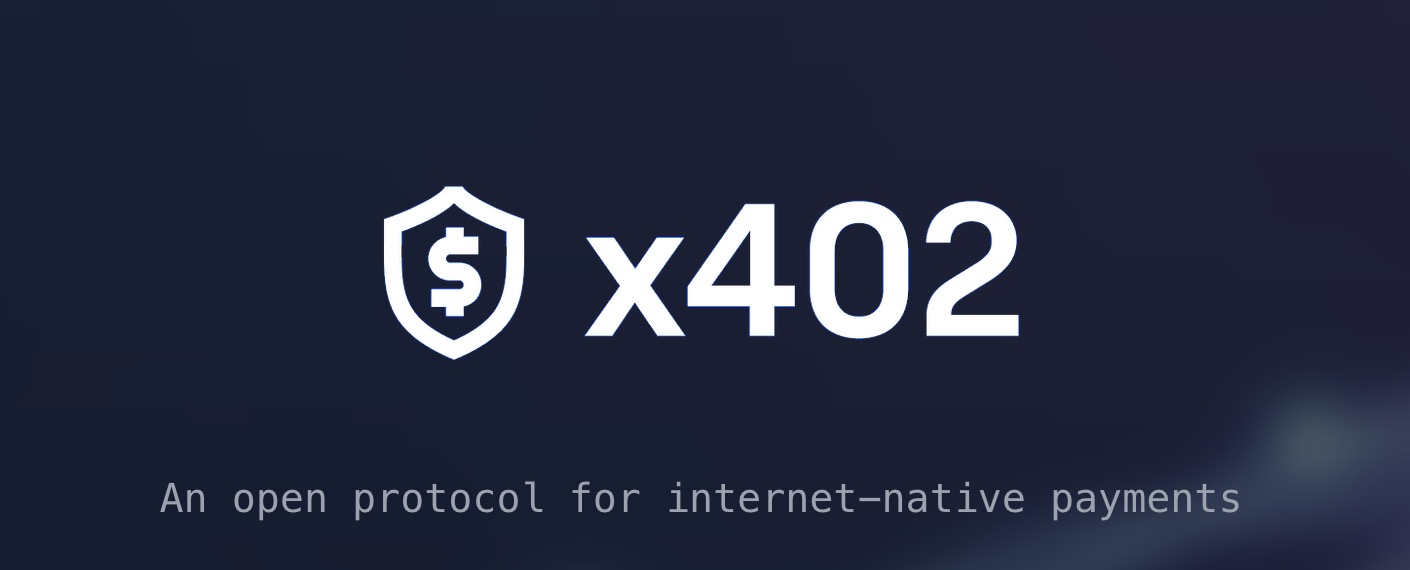
The Return of the Great Sage: How Justin Sun’s “Sun Wukong” Creates a Latecomer’s Contract Legend?
The rise of Sun Wukong not only represents Justin Sun’s strategic positioning in the decentralized contract sector once again, but also symbolizes the resurgence of the Chinese DEX narrative.
